Some are bigger, some are smaller; some are outright weird, while some are barely visible. Belly buttons are some of the weirdest parts of our bodies, but they’re actually pretty incredible. So, why do we have belly buttons? The answer lies in our origins.
The belly button (or navel) is typically the body’s first scar, caused by the detachment of the umbilical cord after birth. All placental mammals have a belly button. Before birth, it serves a very important purpose. But even after birth, the belly button can still have its uses.
What is the belly button?
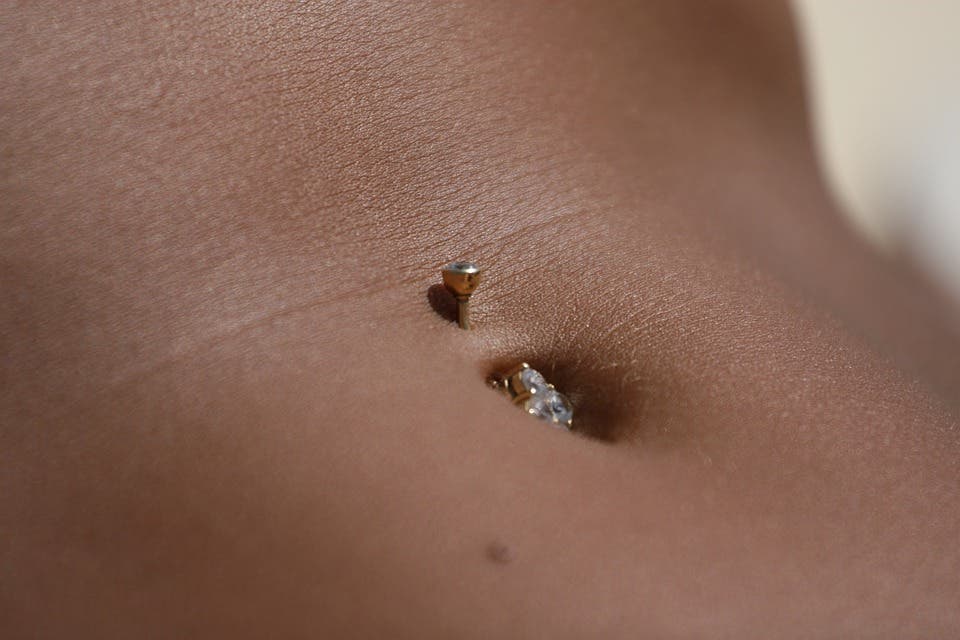
Generally speaking, mammals can be split into three groups: placentals, monotremes, and marsupials. The two latter groups are relatively rare. Meanwhile, placental mammals are by far the greatest and most diverse group of the three. They’re called ‘placental’ because they nourish their offspring through a placenta (the name is somewhat of a misnomer since marsupials also have a placenta).
The placenta is essentially an organ that connects the developing fetus to the uterus. As the fetus develops in the uterus of its mother, it gets all of its necessary nutrients through the placenta. The placenta also provides oxygen and removes waste products from the fetus’ blood.
The placenta attaches itself to the wall of the uterus, and the fetus’s umbilical cord develops from the placenta. After birth, when the placenta is separated from the baby, the resulting scar tissue (a hollowed or sometimes raised area) is clinically called the umbilicus. But we all call it the navel or the belly button.
So there you have it — your belly button is probably your first scar. It’s not so much an individual structure, but rather the separation point that once connected the placenta to the fetus.
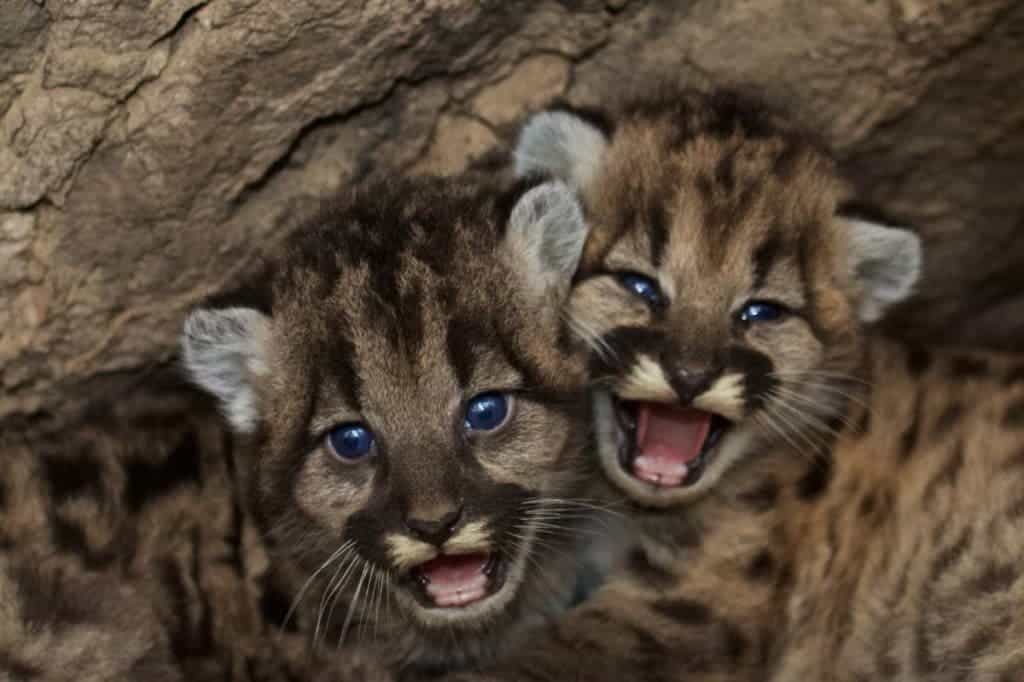
It’s not just humans. All mammals with a placenta also have a belly button. Elephants, lions, cats, and dogs, all have belly buttons, just like we do. But weirdly enough, birds also have belly buttons, although it’s pretty much invisible by the time the bird leaves the nest. Birds have a belly button because, in the egg, there is a cord that attaches the developing embryo to the yolk sac — and it also leaves a scar behind when it’s broken. Because the scar is not as prominent as with mammals, the birds’ belly buttons typically ‘heal’.
Reptiles also have a similar type of belly button to birds. Remarkably, one study found that even dinosaurs had belly buttons, at least 130 million years ago. Without a doubt, belly buttons go down a long way.
Types of belly buttons: Innie vs Outie
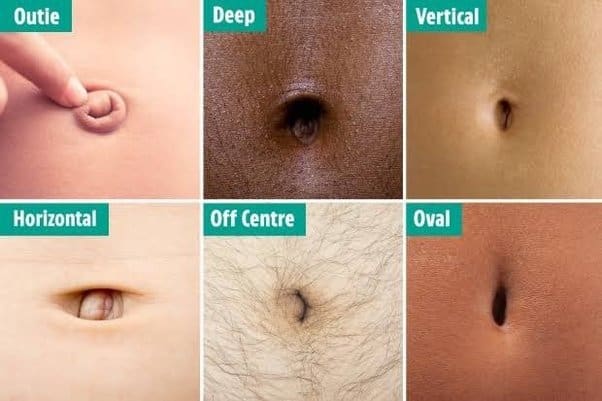
Technically speaking, the scar on the abdomen is called the umbilicus, while the middle part is the actual belly button. Not all belly buttons look the same; in fact, there are two main categories: the innie and the outie.
Contrary to popular belief, whether a belly button is an innie or an outie isn’t decided by where the umbilical cord is cut, but rather by how the scar tissue forms and then dries. Remember, the belly button is basically scar tissue.
Researchers haven’t found any patterns as to how and why the navel looks different and as far as anyone can tell, this process is random, but the innie is much more common than the outie.
There are other subclassifications as well. An innie belly button can be:
- round (if the navel is round and has no skin hood);
- oval (if it’s oval);
- horizontal;
- T-shaped;
- vertical.
Meanwhile, an outie belly button can be:
- swirly (or spiral);
- split (if the scar extends outwards, left in two by a fissure; this type of belly button looks a bit like a coffee bean);
- circlet (looks a bit like a donut shape);
- protruded (if the umbilical cord remnant is completely divulged).
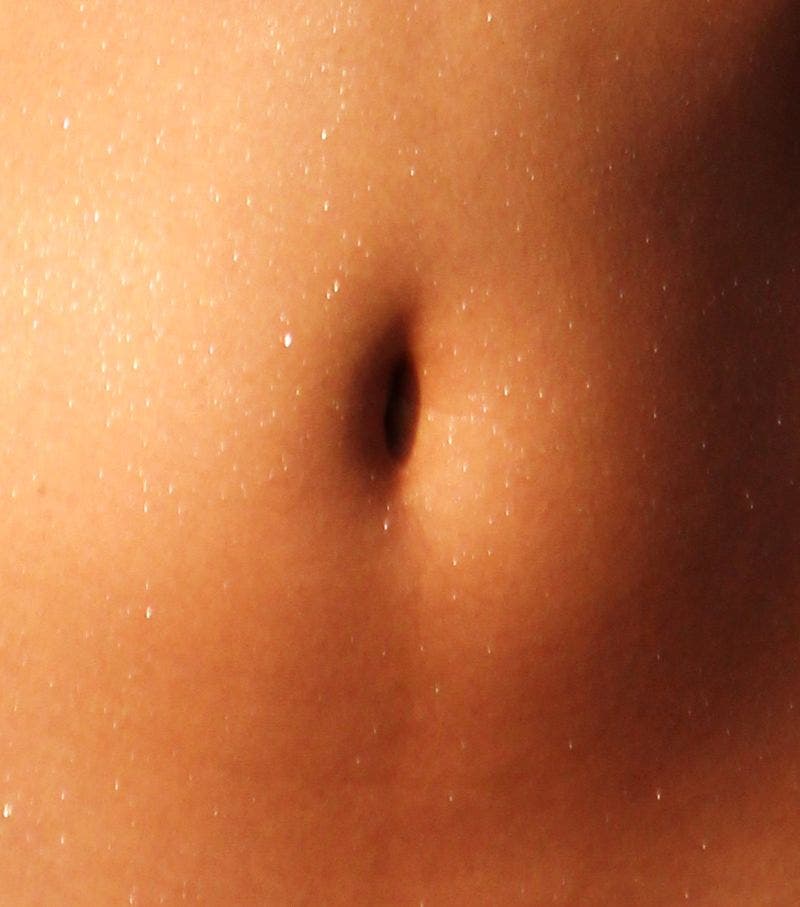
Protruded belly buttons are sometimes mistaken for umbilical hernias by doctors. However, the two can be easily told apart by their size and geometry (a hernia protrudes at least 5 cm / 2 inch outside).
Umbilical hernias (when the baby’s abdominal wall layers don’t join completely) can cause the belly button to push outward, even though they are often painless and don’t cause any discomfort. Sometimes, the inner pressure can turn a pregnant woman’s navel from an innie to an outie. Extreme weight gain can do the same thing.
Belly buttons that don’t fall into any of these categories are called ‘distorted’.
What does the belly button do?
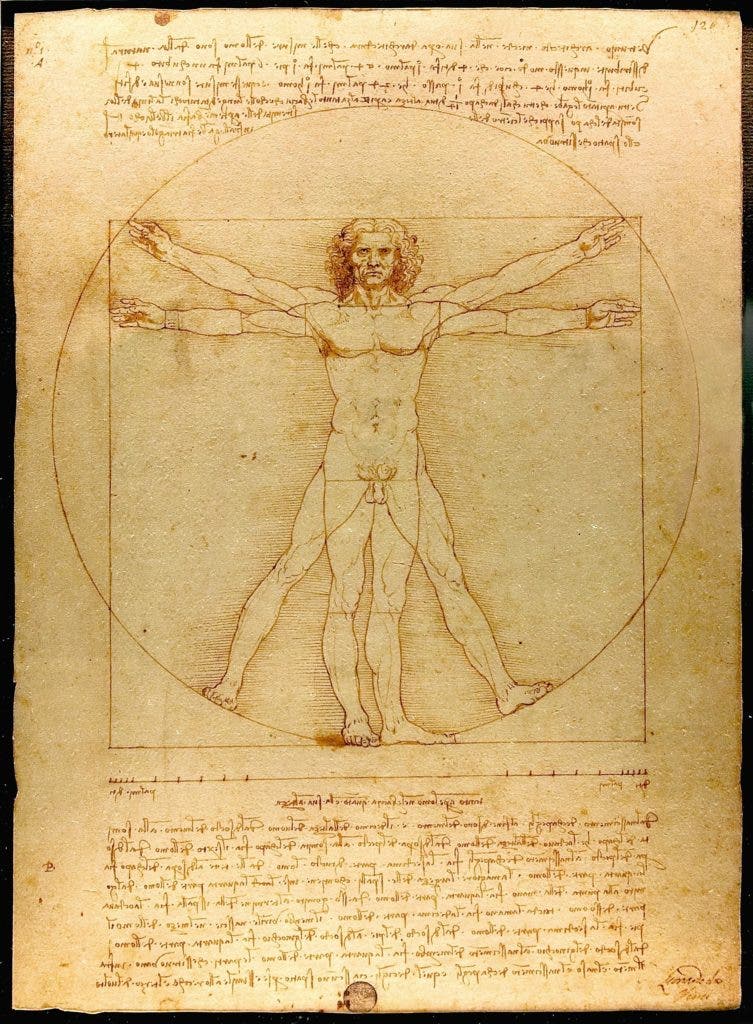
The belly button doesn’t have any practical biological uses, though it is used in some medical procedures. For instance, if a transfusion is necessary for a newborn, the umbilical cord stump is preferred. Because it is already a scar, it is also preferred as an entry point for some laparoscopic procedures, and it can be a tell-tale sign of intra-abdominal pathologies
Visually, the umbilicus is used to visually separate the abdomen into quadrants and is often regarded as the body’s center of balance, serving as an important anatomical landmark. An abnormal belly button shape can also be an indicator of pregnancy problems.

Some cultures attribute outstanding importance to the navel. In Japanese culture, for instance, the navel symbolizes the center where life originates, and some cultures (like Buddhism or Hinduism) see it as an important place from where energy stems.
Lastly, it can also serve an aesthetic role — although many people would regard the navel as aesthetically unpleasant, others pierce and tattoo it. There’s even a navel fetish: in 2012, it was the second most popular fetish search on Google.
Belly button facts
You never knew you wanted to learn about the belly button, didn’t you? Well, in 2012, a biological study found that the “fauna” in your navel is much like that of a tropical forest — the bacterial fauna, that is.
According to researchers, thousands and thousands of bacteria types (some new to science) can be found in your belly button, but there’s no reason to worry: they’re quite harmless.

If you thought that’s disturbing, wait ’til you hear this: you can actually make cheese using the bacteria in the navel. As part of a collaborative project named “Selfmade”, biologist Christina Agapakis and odor artist Sissel Tolaas made 11 new types of cheese from the bacteria found in armpits, mouths, toes, and belly buttons.
In an article published in 2000 in the journal Plastic and Reconstructive Surgery, scientists debated what the perfect belly button looks like. The article, entitled “In search of the ideal female umbilicus“, had participants rate different types of belly buttons. They found that the T- or vertically shaped umbilicus with superior hooding consistently scored the highest in aesthetic appeal, and the “outie” was almost universally displeasing.
Considering that several thousand people are having navel plastic surgery each year (and the trend is increasing), that can be quite useful to know. Interestingly, breast implant surgeries can also be done through the navel in order to avoid scarring; it’s called Trans-umbilical breast augmentation.


